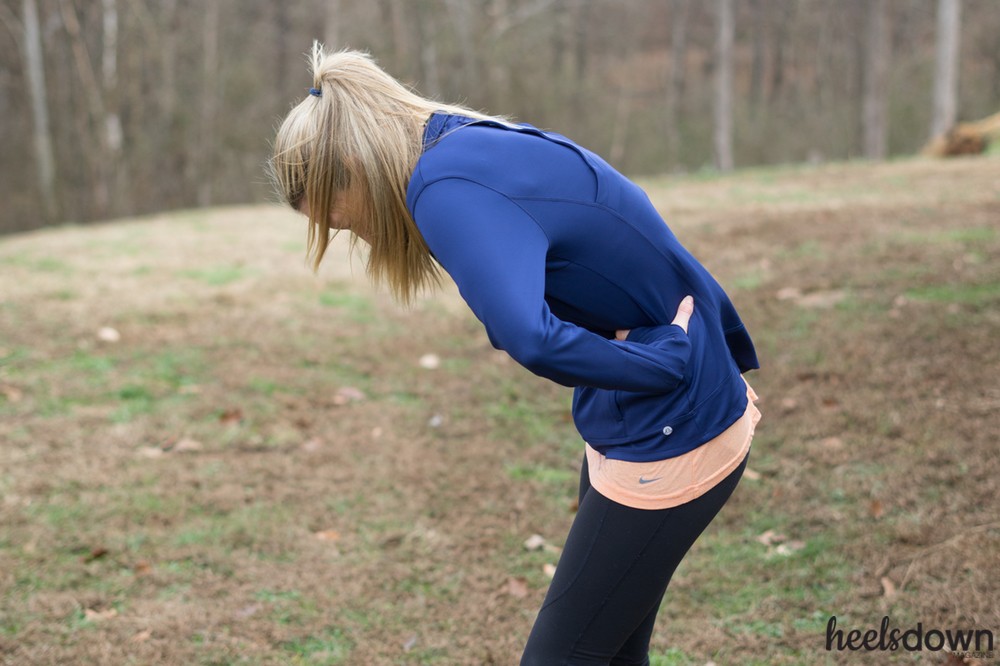Equestrian Fitness: How Sore Should I Be After Working Out?

Kathlyn Hossack is a Certified Athletic Therapist and Kinesiologist from…
By Kathlyn Hossack, Athletic Therapist/Kinesiologist at Integrative Movement
Challenging yourself during a workout is a great way to become physically fit and mentally tough, but how do you know when you’re pushing yourself too far?
Believe it or not, rest is just as valuable as hard work when it comes to fitness. Cross training (strength training and cardio combined) should only be done 3-5 times a week with 1-2 days allotted for active recovery – like light cardio, yoga, or mobility work – or complete rest.
Some general guidelines: Soreness (technical term: Delayed Onset Muscles Soreness or DOMS) should ideally only last up to three days after an intense workout. DOMS is common especially if you’ve upped your intensity or just started a new workout routine. DOMS, however, shouldn’t be a regular occurance. If you’re experiencing DOMS or extreme soreness after every single workout, you may be overdoing it.
Signs you are doing too much include:
– Soreness that affects your daily activities and lasts more than 72 hours.
– Joint pain
– A decrease in overall performance in movements that would normally not be difficult or unusually challenging.
– Fatigue, trouble sleeping, changes in heart rate and blood pressure, as well as trouble concentrating.
If you are experiencing extreme soreness after regular workouts, you may need to take a look at your nutrition and rest schedules. These two aspects are imperative for a balanced and healthy athletic progression as well as general health. Soreness or undue muscle fatigue are often signs that something isn’t right in the system as a whole.
If you are competing at shows that span over several days, workouts should be timed to allow for appropriate rest days.
Generally, daily workouts are fine for most people and as athletes, it is important that we cross-train routinely. That said, workouts should be scheduled to tolerance and as a general rule, intensity should be increased approximately 5 percent at a time. Depending on what your riding schedule is like, I would recommend scheduling intense workouts on days you do not have heavy riding to do, and scheduling active recovery/cardio/lighter workouts for the days where you do have more intense rides to complete.
If you are competing at shows that span over several days, workouts should be timed to allow for appropriate rest days during competitions and nutrition should be adjusted accordingly. If you are working with a trainer or physical therapist regularly, they should be able to give you tips for structuring your workouts and competition schedules as well as nutrition guidelines to follow. Nutrition is commonly a weak point for us riders, and it is a big part of what makes or breaks our performance.
If you are experiencing muscle aches, joint pain, or undue fatigue, check in with your physical therapist, athletic trainer, or health care provider. Joint pain is not normal and often signals that your mechanics are in need of some tuning up. Undue fatigue may signify a nutritional deficiency, chronic dehydration, over-exercising, or an underlying illness.
Take care of yourselves out there!
What's Your Reaction?
Kathlyn Hossack is a Certified Athletic Therapist and Kinesiologist from Winnipeg, Manitoba dedicated to helping riders improve their movement.

